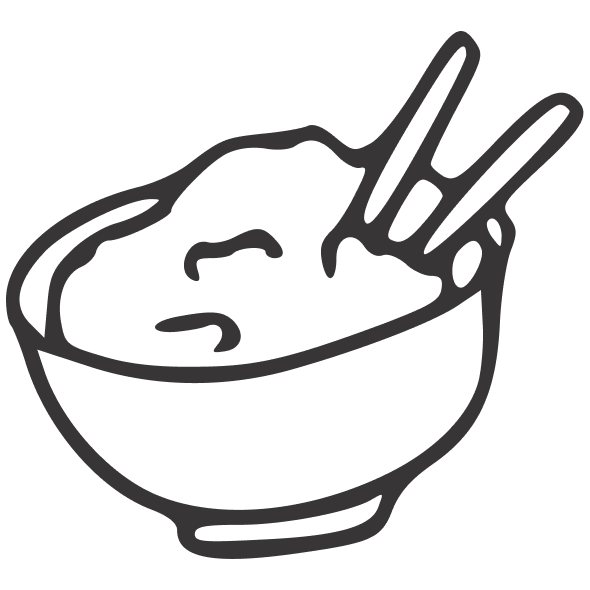Swallowing & Mealtime Support
We help adults who struggle with swallowing or mealtimes to eat safely and confidently — with less fear, discomfort, or frustration.
Who this is for?
Cough, choke, or clear their throat when eating or drinking
If you cough or choke during or after meals, or feel the need to constantly clear your throat, this could be a sign that your swallowing is not functional or safe.
Feel pain or discomfort when swallowing, even with saliva
Pain when swallowing — known as odynophagia — can occur alongside other swallowing difficulties that can be addressed with speech pathology intervention.
Avoid certain foods or fluids because they’re hard to swallow
Some people stop eating particular textures (like chewy, dry or hard foods) because they feel are difficult to chew and swallow comfortably and safely.
Have lost weight or interest in eating
Unexpected weight loss or disinterest in food might signal that eating has become too difficult or unpleasant due to challenges with swallowing.
Take a long time to eat meals or feel tired after eating
Slow meals and fatigue after eating may point to a difficulty chewing and swallowing efficiently and effectively.
Eat large mouthfuls or eat very quickly
Some people take big bites or eat very fast, which can make it harder to chew and swallow safely—sometimes leading to coughing, choking, or discomfort.
How can we help?
Swallowing safety
We can teach you head postures and techniques to compensate for swallowing difficulties that will make swallowing safer.
Strength and coordination
We develop a targeted program of exercises to improve muscle function for better swallowing.
Pain and discomfort
We work with you and your team to identify causes of pain and discomfort, and help reduce pain through desensitisation techniques and improving swallowing function.
Caregiver training
We help families and support workers know what to look out for to and how to help during meals.
Changing environmental factors
We help improve mealtime safety and enjoyment by addressing factors like distractions, positioning, carer responses, communication, equipment use, and oral hygiene.
Food and drink modifications
We help you or your loved one make informed decisions about modifying food textures or thickening drinks to support safe and comfortable swallowing.
How we work?
1
Swallowing Assessment
We observe eating and drinking and may refer for further investigations if needed (e.g. VFSS).
2
Therapy
Plan
Based on the type and cause of swallowing difficulty, we design a tailored plan.
3
Practice & Progress
Therapy may include oral-motor exercises, strategies, and gradual food changes.
4
Team Collaboration
We communicate with your GP, speech pathologist, dietitian, or support team as needed.
Learn more about Assessments . Therapy . Telehealth . Community Visit







